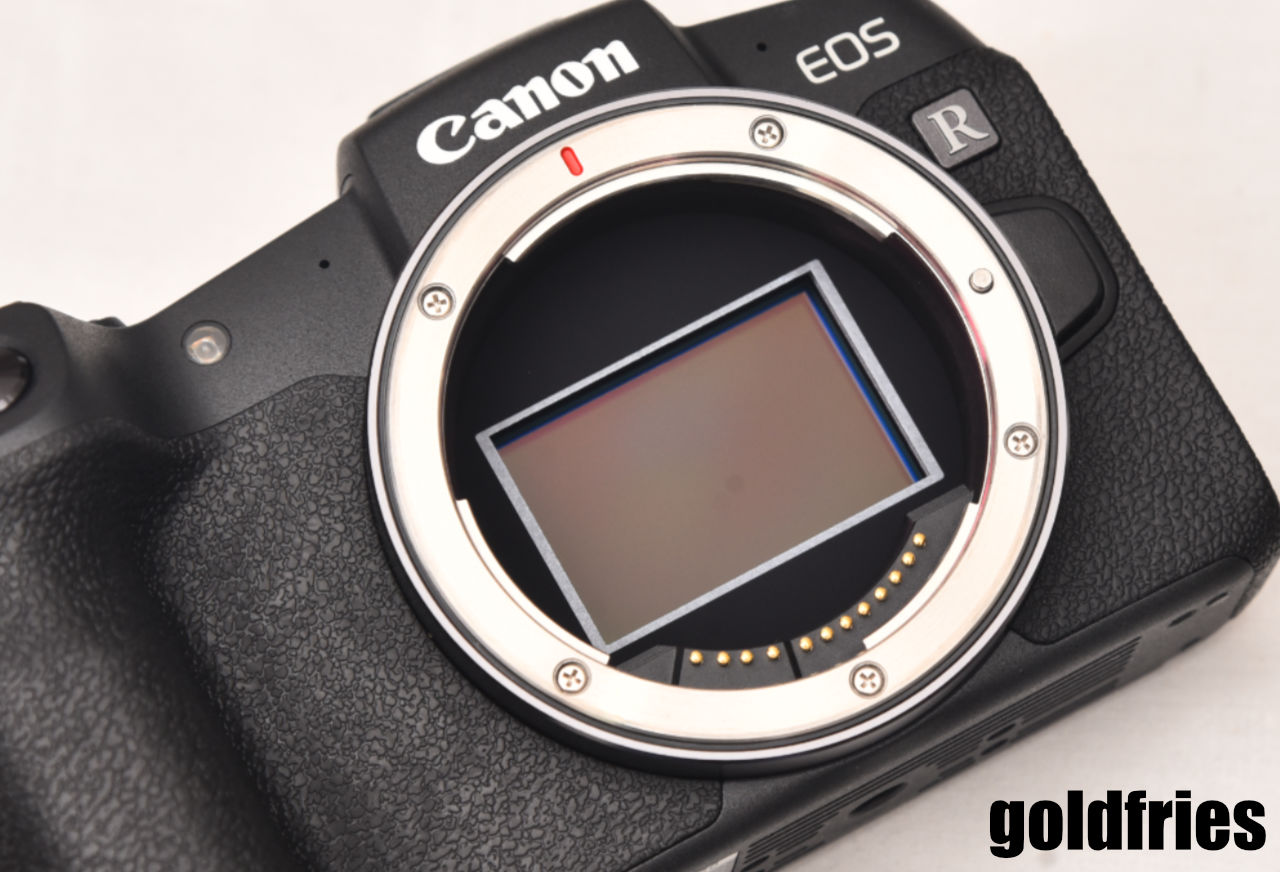Common question among those new to photography – Do I need Image Stabilizer?
Do the words “Image Stabilizer” look familiar? They are commonly seen on Canon lenses. It’s Canon calls it Image Stabilizer (IS, not referring to the running anime series) while other brands like Nikon’s version is Vibration Reduction (VR), Sigma has Optical Stabilization (OS), Tamron has Vibration Compensation (VC) – they vary in technology but all of them serve the same purpose – to help stabilize the image capture device (your camera) to increase the chance of getting a non-blurry photo.
Here’s what it looks like on the viewfinder – with and without stabilization.
Nice eh? Notice how the framing an image is easier when the stabilization is on. 🙂 This recording was made possible with on-lens image stabilization.
There are other brands that does not use on-lens image stabilization, for example Sony’s Super SteadyShot (SSS) and Pentax’s Shake Reduction (SR) are on-body stabilization. The advantage of on-body stabilization being that every single lens you use gets a stabilizer (this means you don’t have to pay for expensive lenses with image stabilization technology) BUT on the down side, you don’t get to view the stabilized view. You get an indicator on the viewfinder but that’s it.
I shall not go further into the on-body vs on-lens stabilization talk, there’s plenty of debate all over the Internet but to me, the on-lens stabilization is clearly the winner as I prefer a stabilized view to frame rather than having wild movements and hope the stabilizer does the job.
That said…………
Do You Need It?
My take is NO – you DO NOT NEED IT but it’s a plus point if you have it because it can improve your success rate!
Take a look at the photo below.
I took it at 1/25 hand-held at focal length of ~85mm! I can’t imagine doing a 1/25 without image stabilization.
Basically at 85mm focal length, it’s recommended to shoot at 1/85 and above shutter speed to avoid blurry photos. (Refer here if you’re not aware of “The Focal Length Reciprocal Rule”)
With the image stabilization technology (lens used was Canon EF-S 15-85 f3.5-5.6 IS USM), I was able to get a clear shot at 2-stops below the recommended shutter speed. 🙂
Not every lens comes with the stabilized and non-stabilized versions, the image stabilized versions can cost a lot more. For example Canon’s EF 70-200 F4 L IS USM costs a lot more than the non-stabilized version, A LOT more as in about additional RM 2,000 or so. On the other hand Tamron’s 17-50 f2.8 VC doesn’t cost that much more compared to the non stabilized version.
Fortunately many brands have already included stabilization technology even in their most basic of lenses, it’s always helpful to the newbie – after all better success rate mean more brand-love. 😛
So is it a need? I repeat – NO. Look at Canon and Nikon’s 24-70 f2.8 lenses, and also various other wide angles and prime lenses – many are without image stabilization and it still works great. However due to the competition and technological advancement, I’m not surprised if all the old lenses get an upgrade with image stabilization capability in the near future.
Also, do note that image stabilization just stabilizes your shot, it does not improve the freezing of moments. Keep that in mind.






Hey goldfries, you wrote “My take is NO – you DO NOT NEED IT ”
but the content that follows is giving me the idea that “I need it” 😐
well, that one was MY TAKE. 😛 So far I only have 1 lens with IS. Ok la, 3 if you count my 2 units of 18-55 IS USM which I don’t use for my assignments unless necessary. 😀